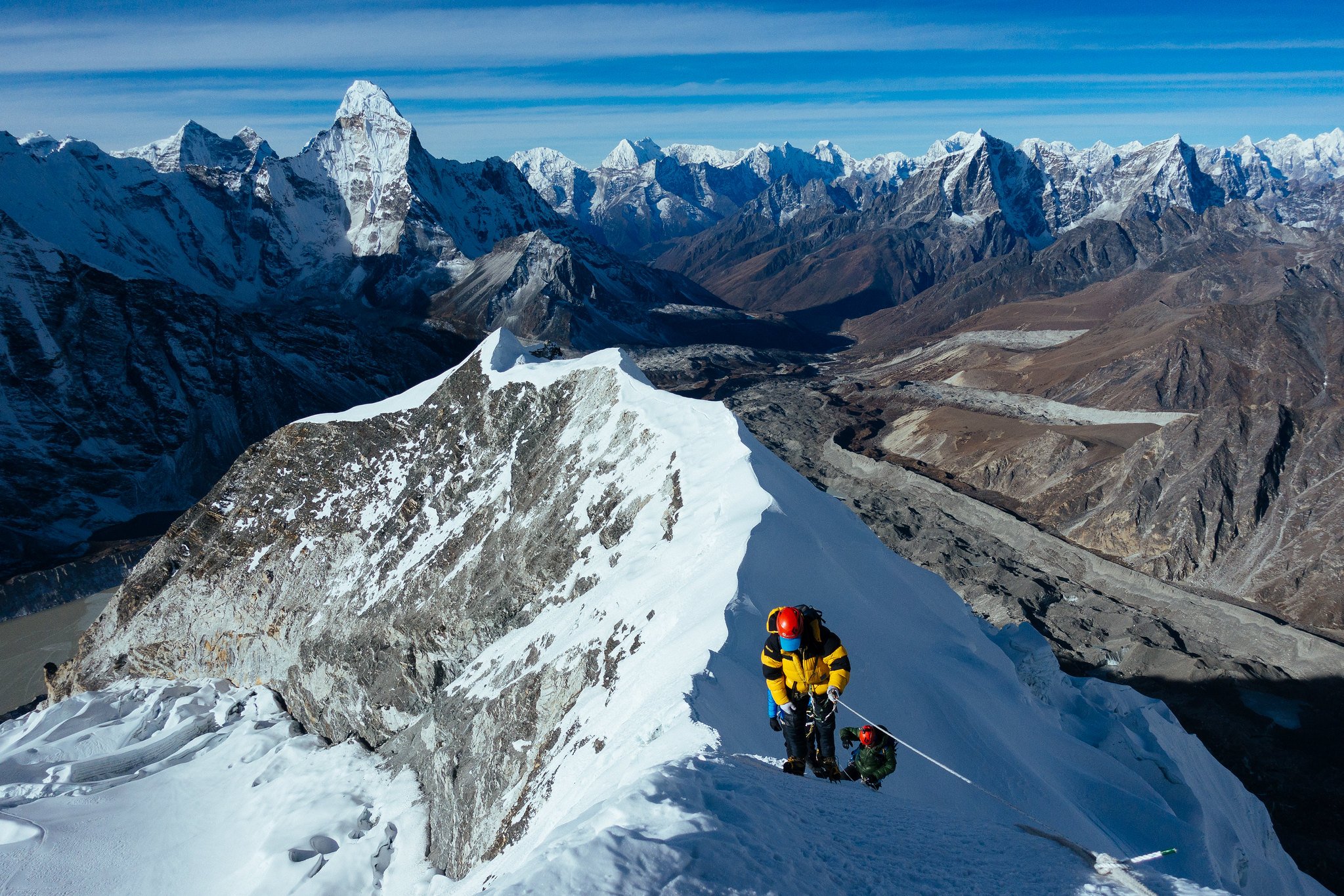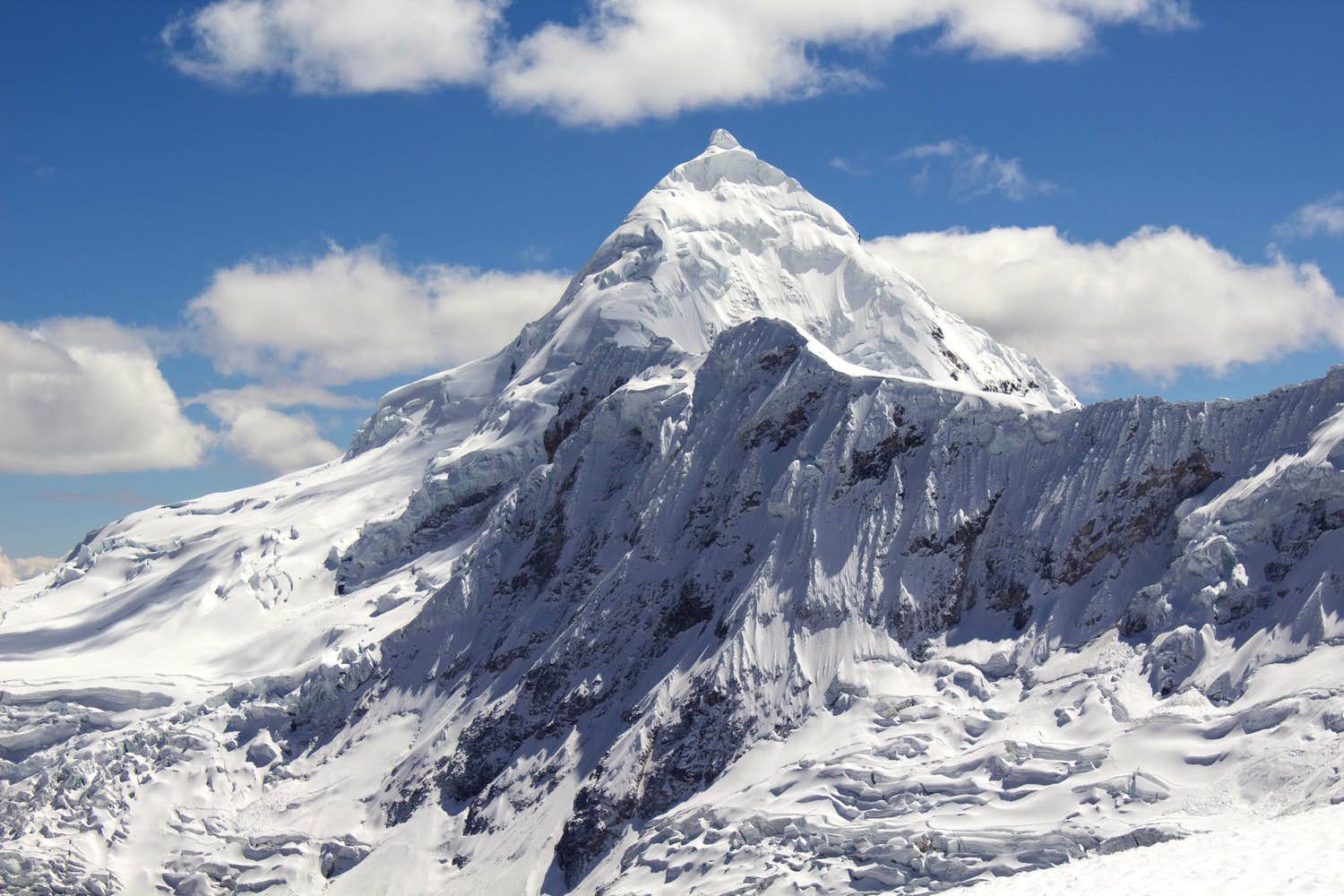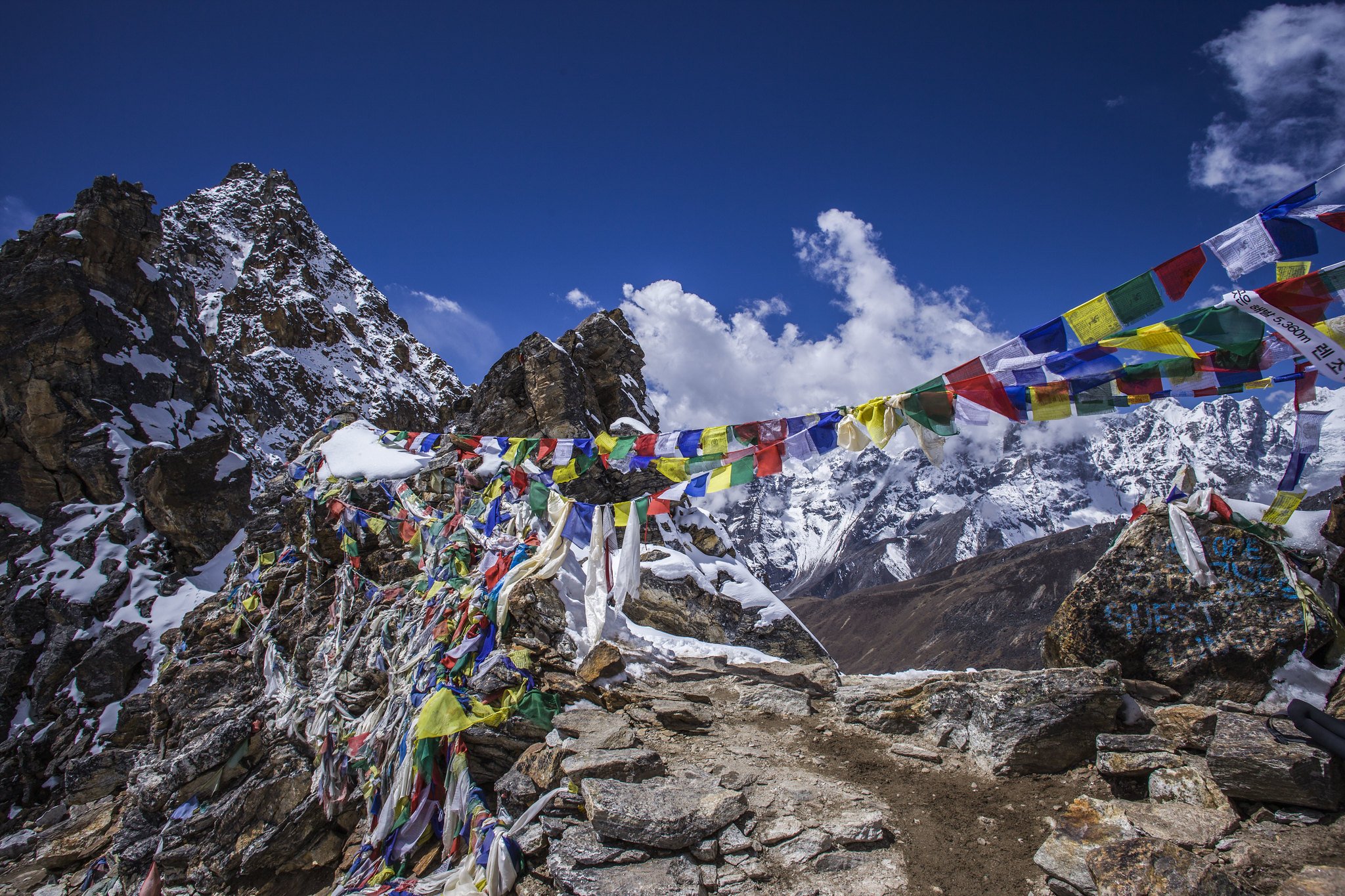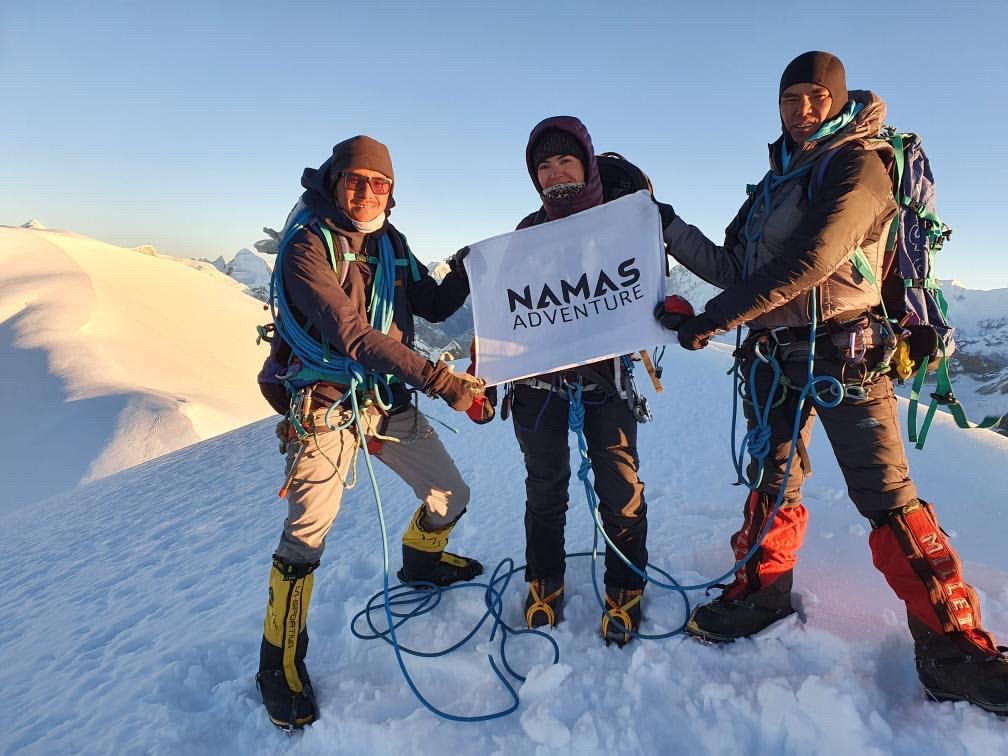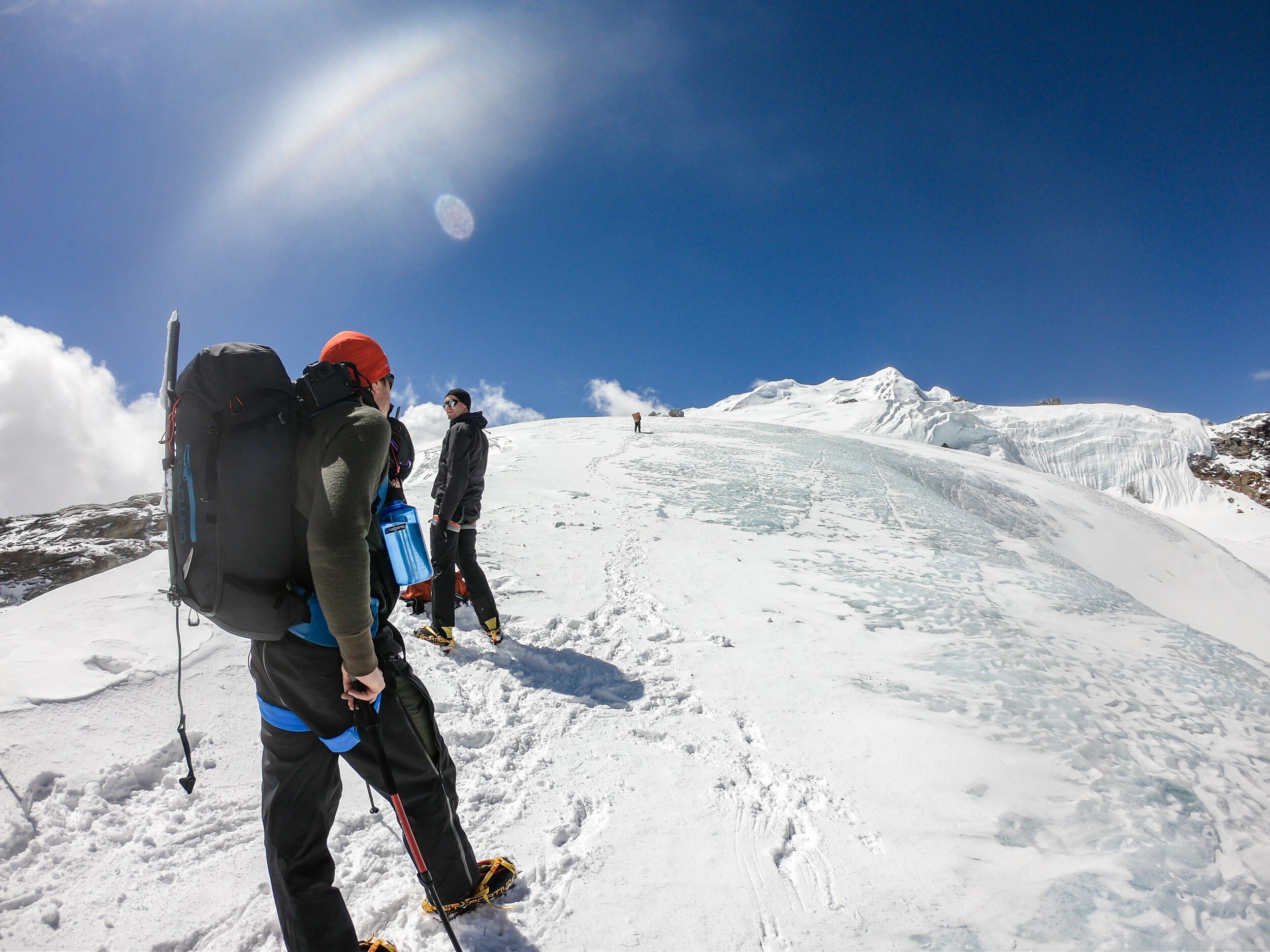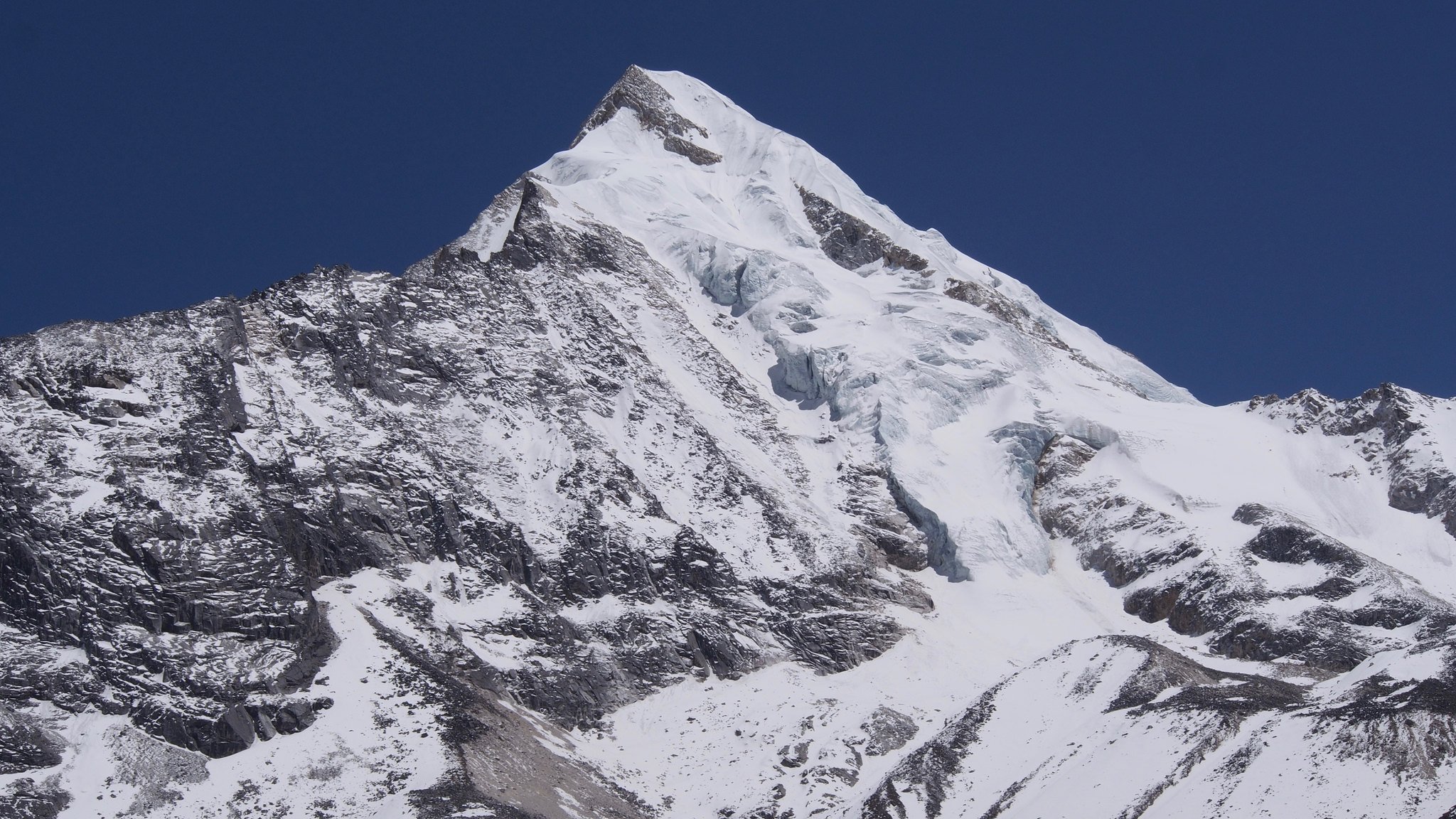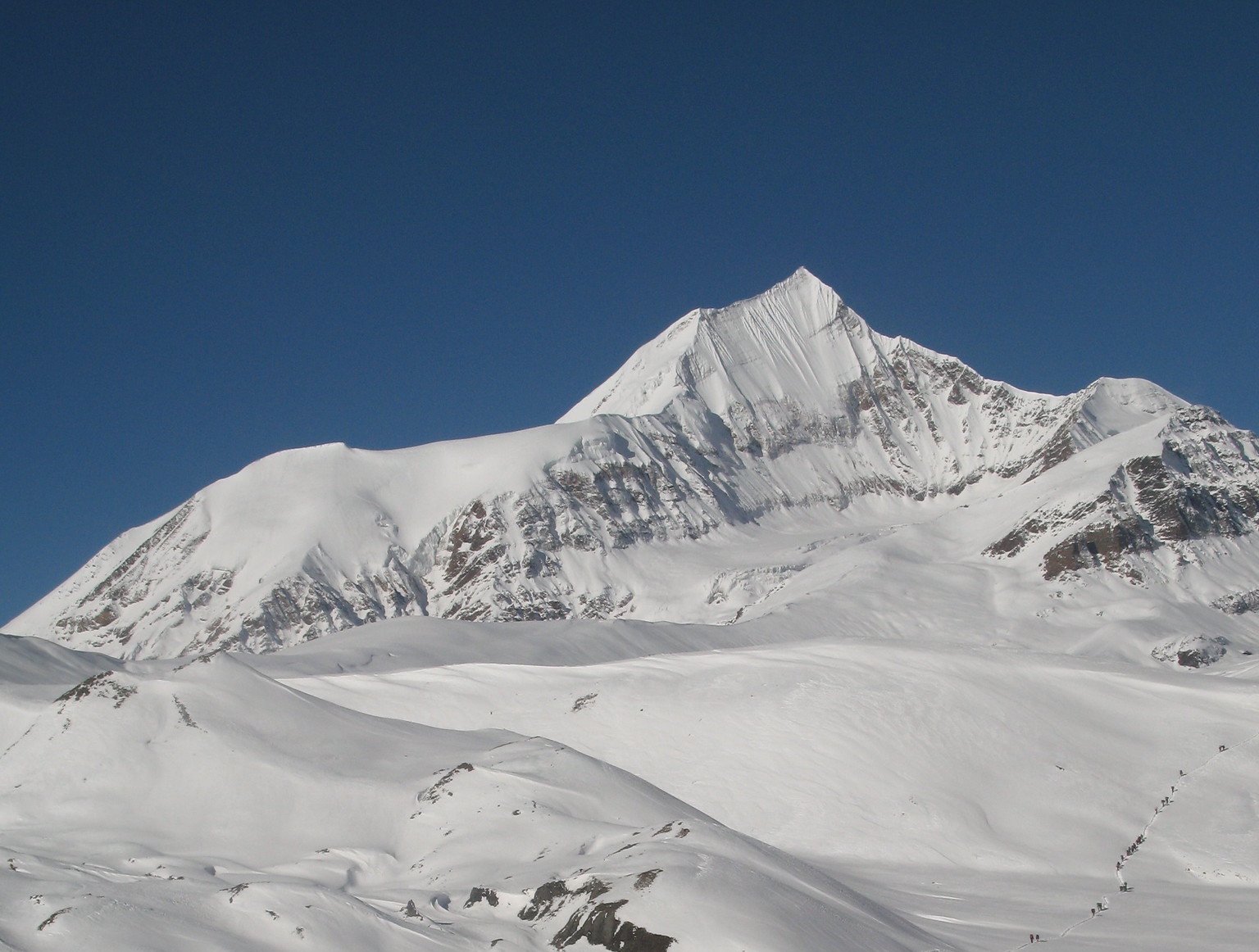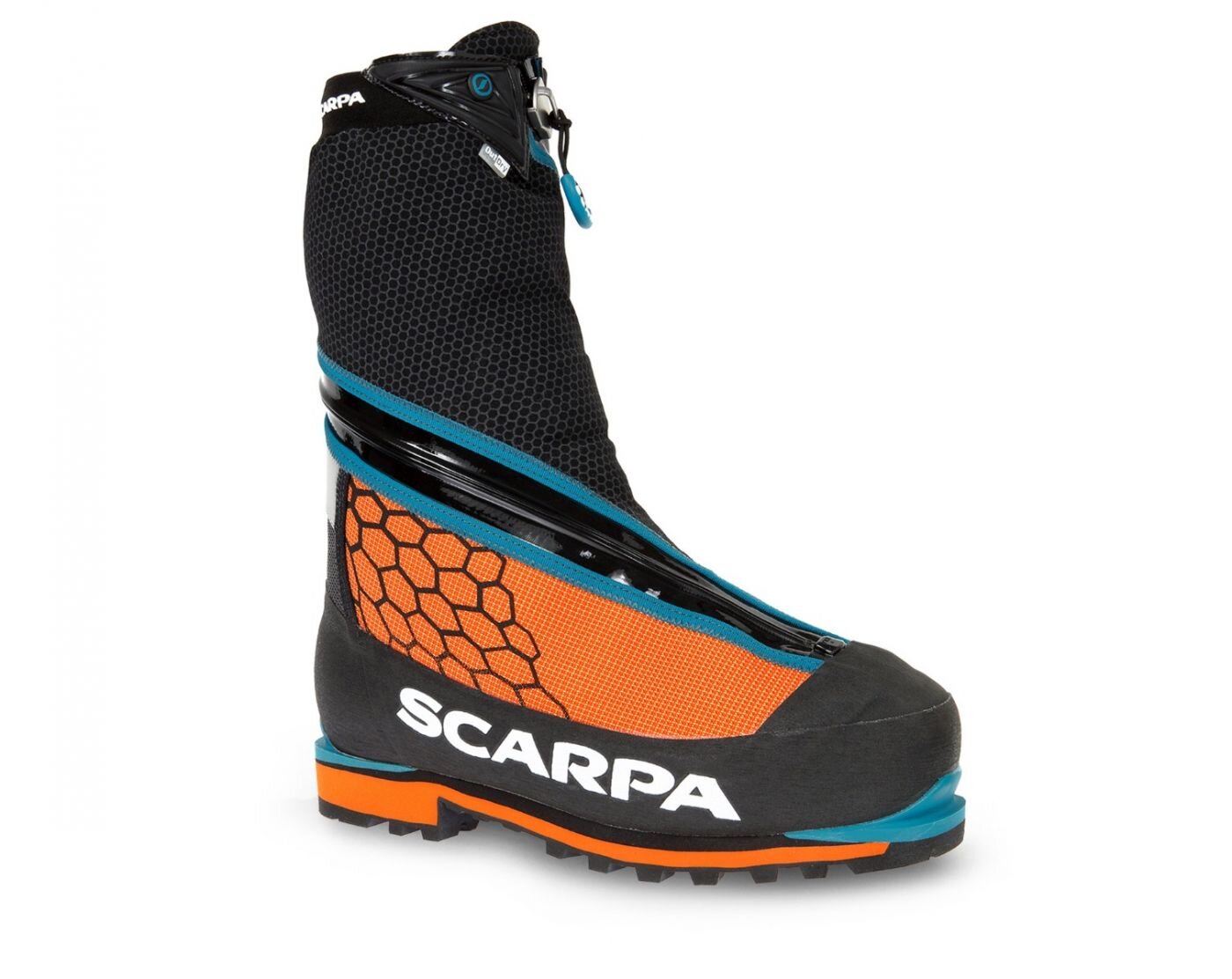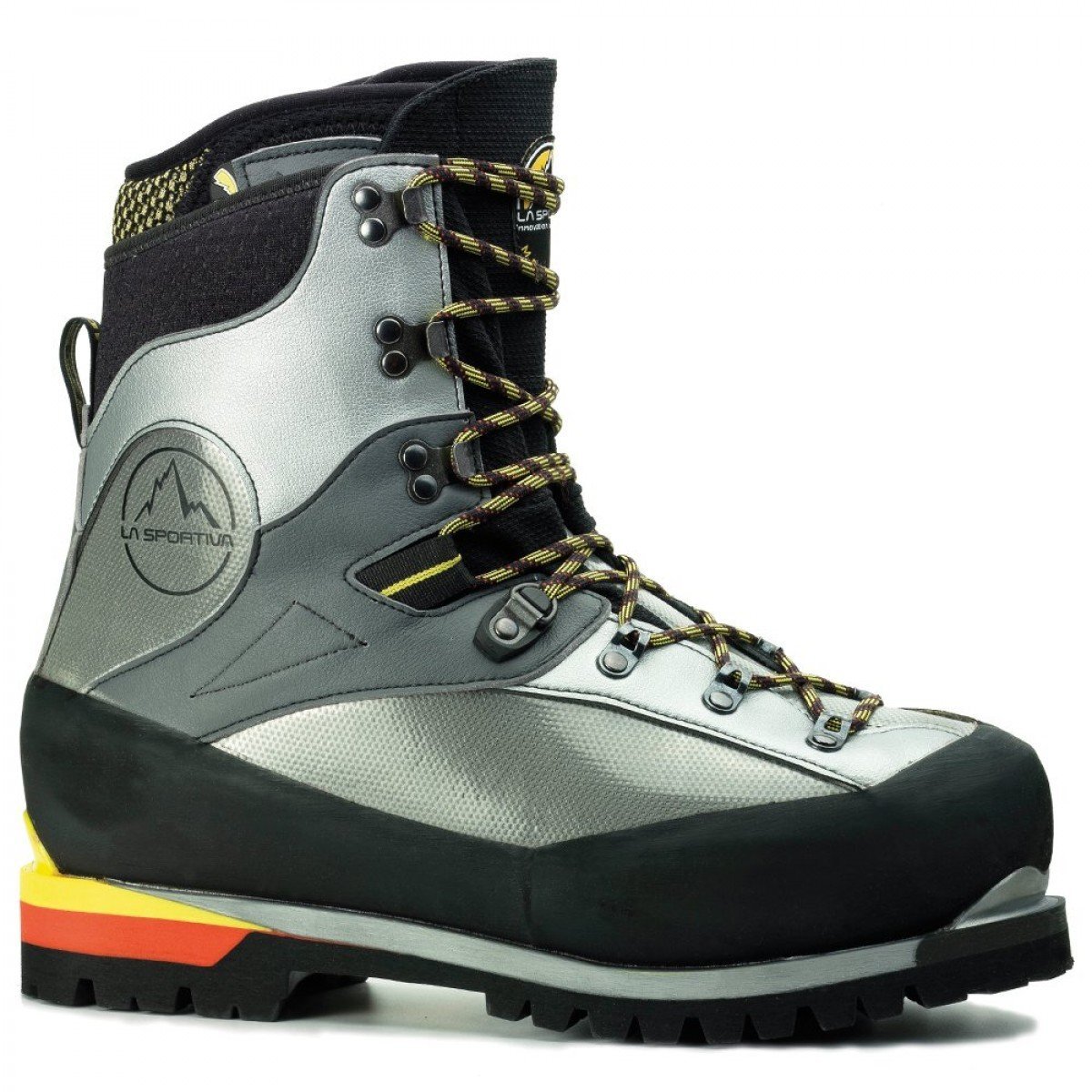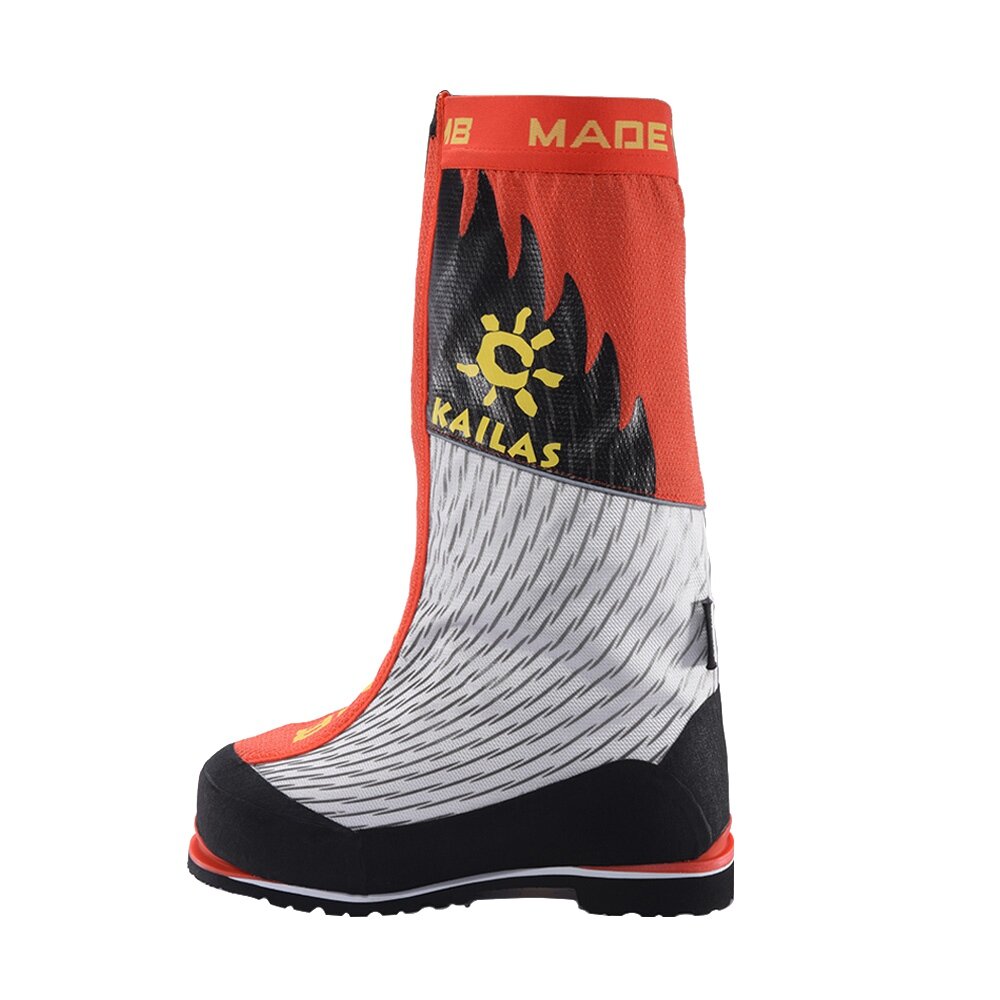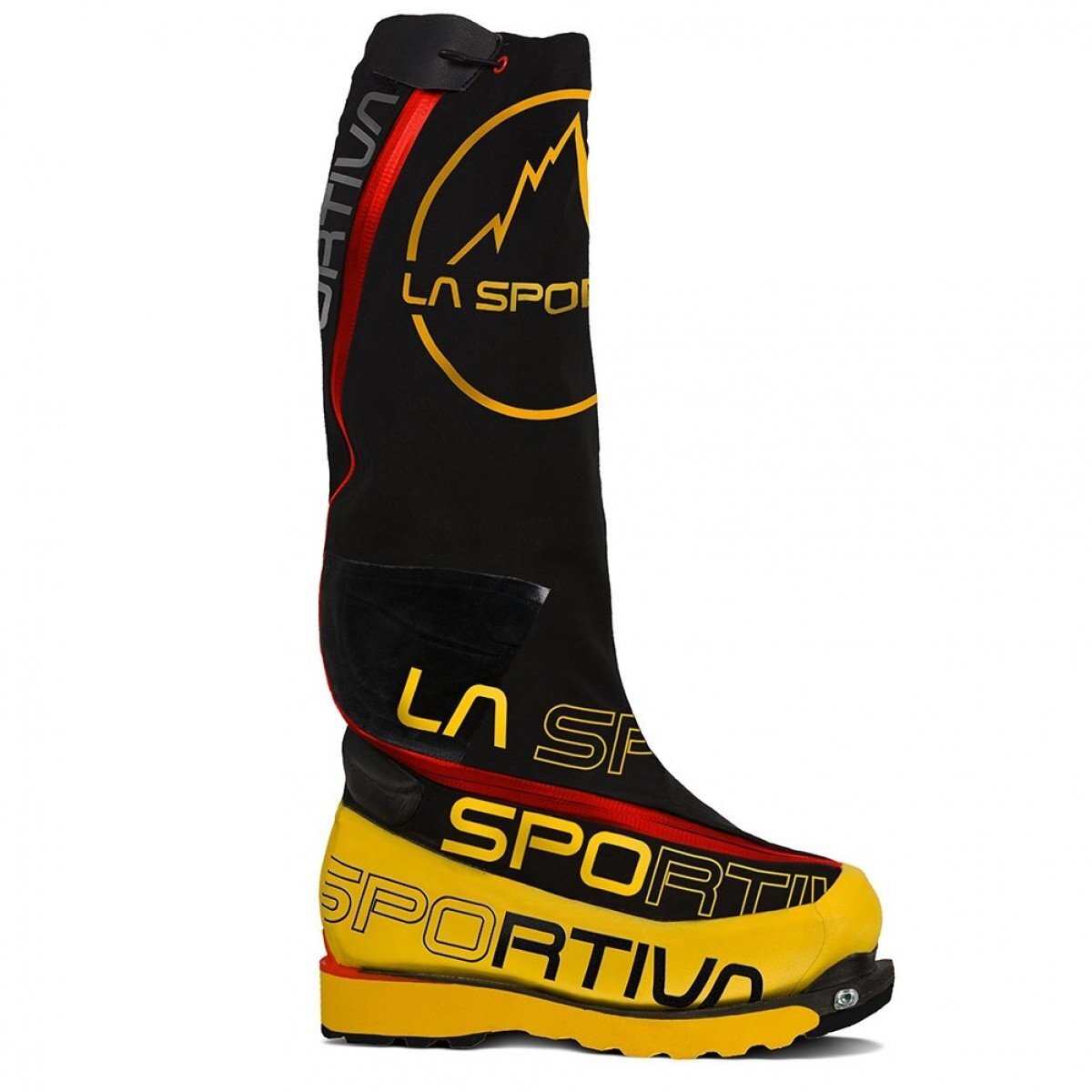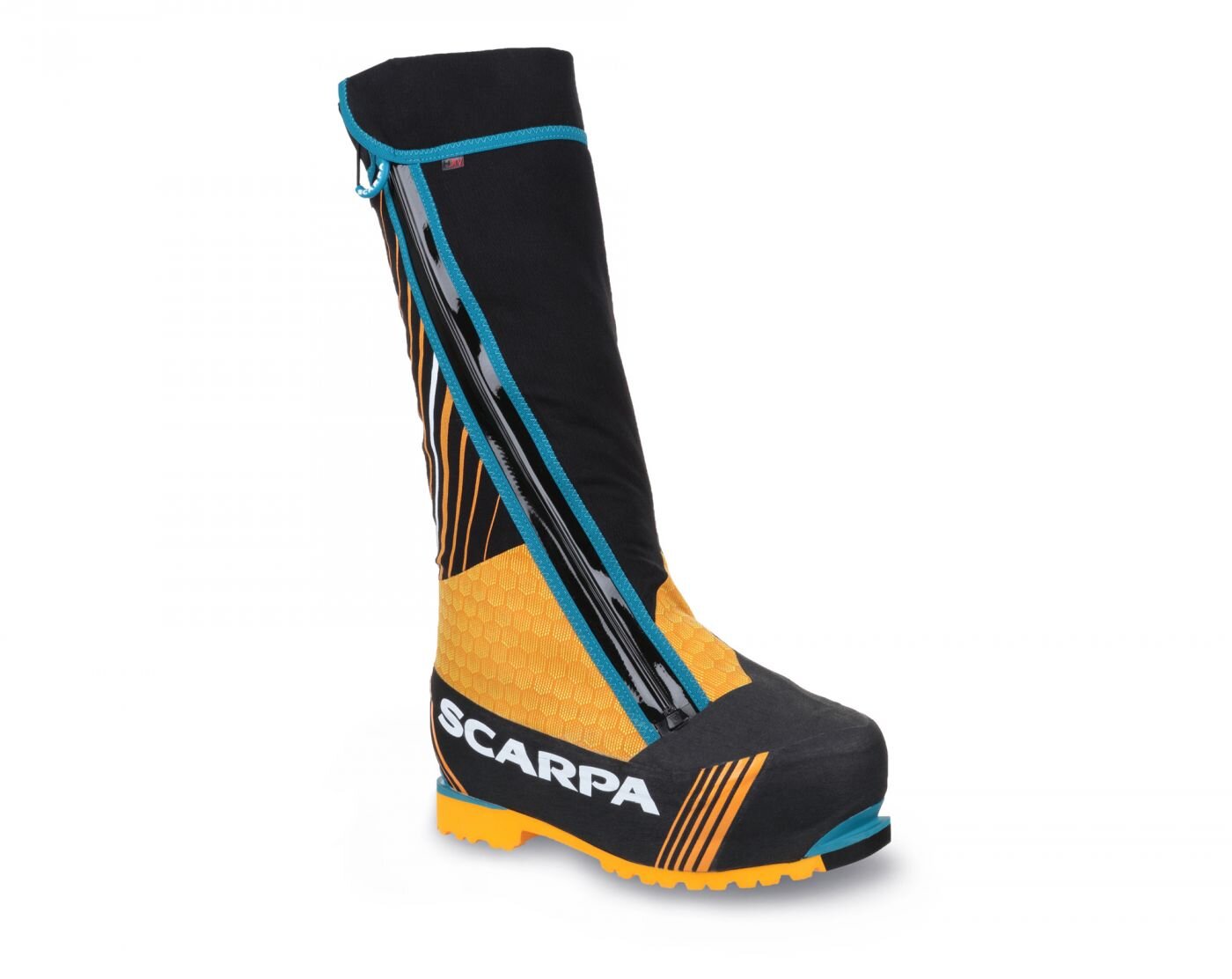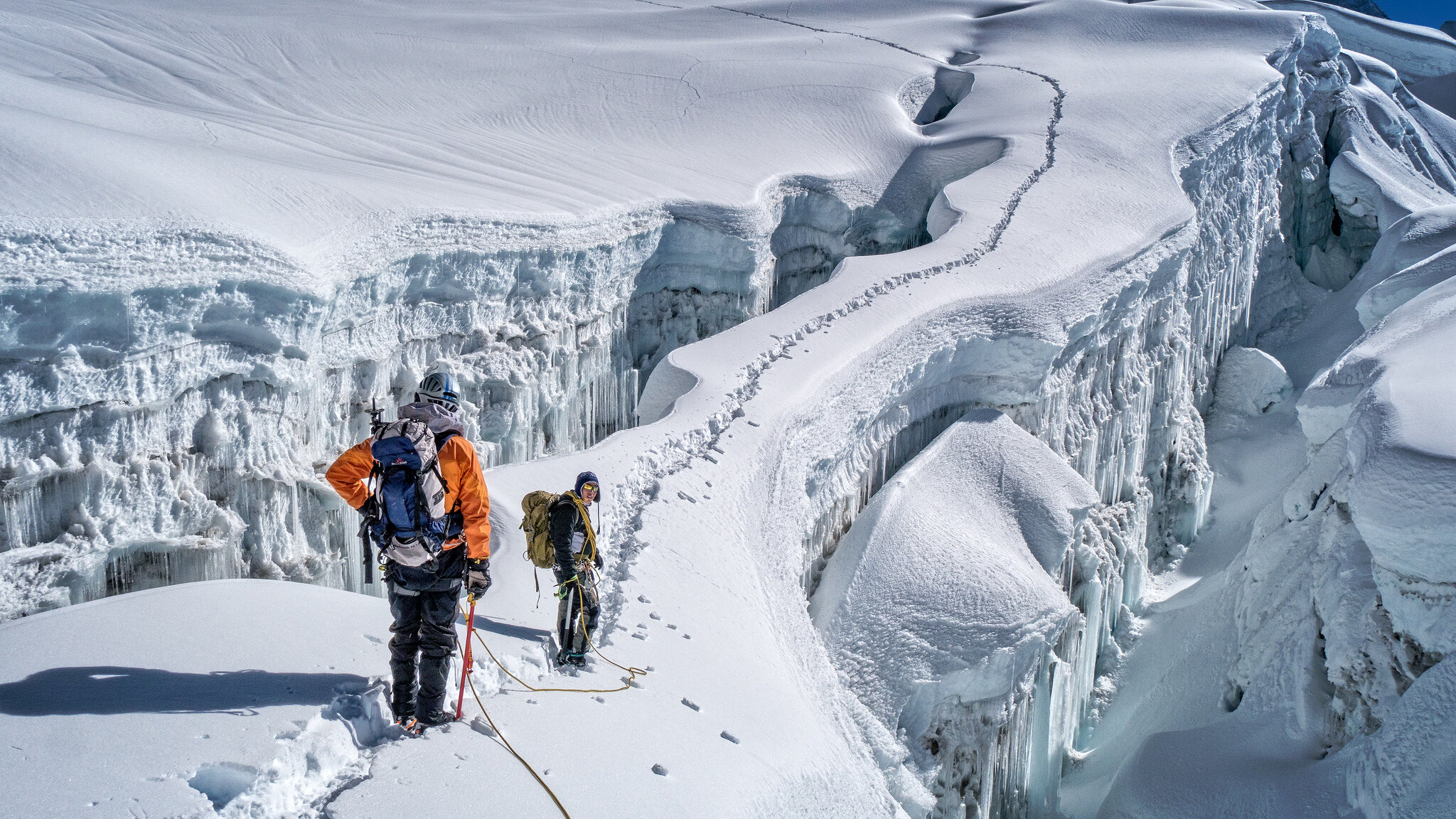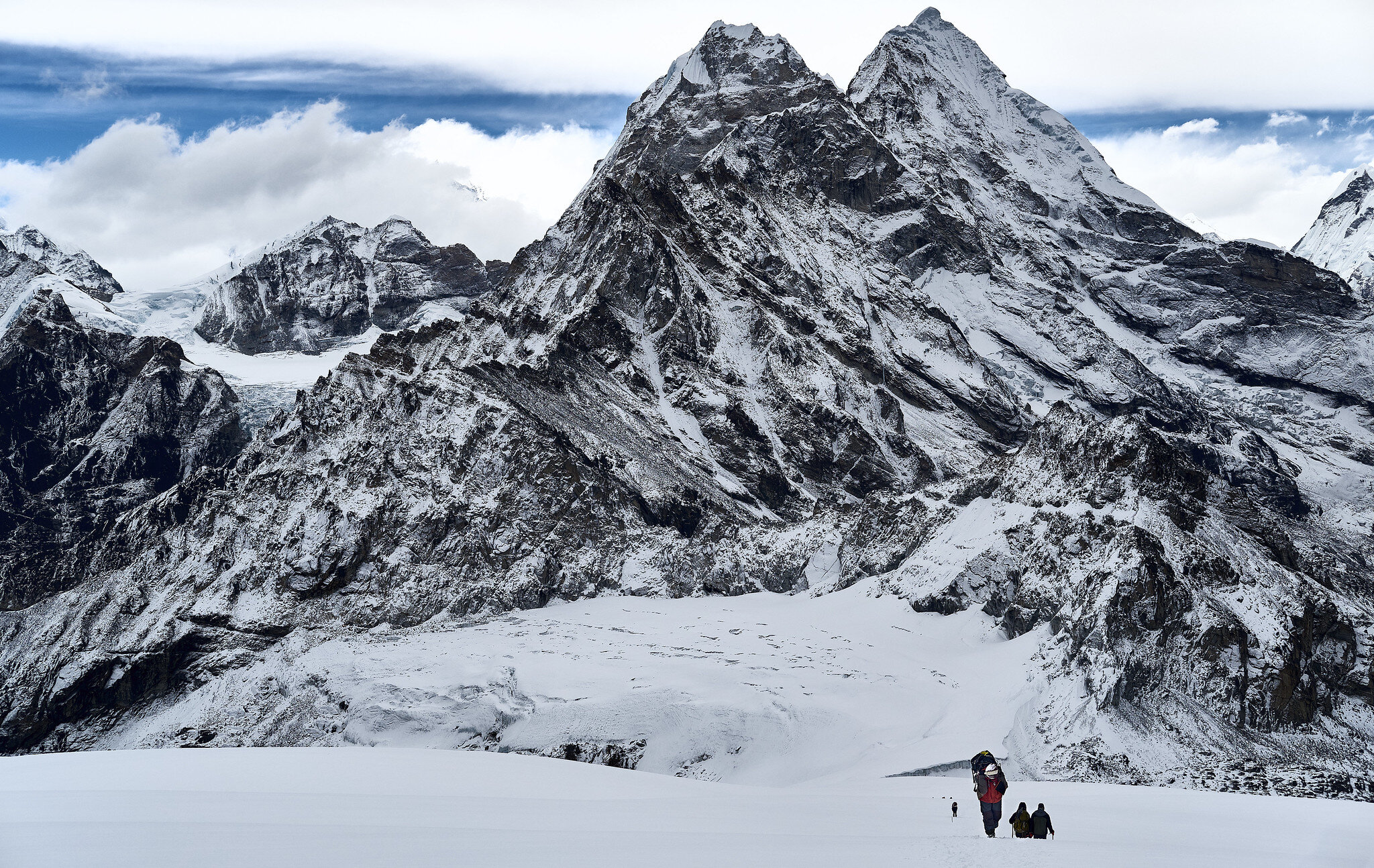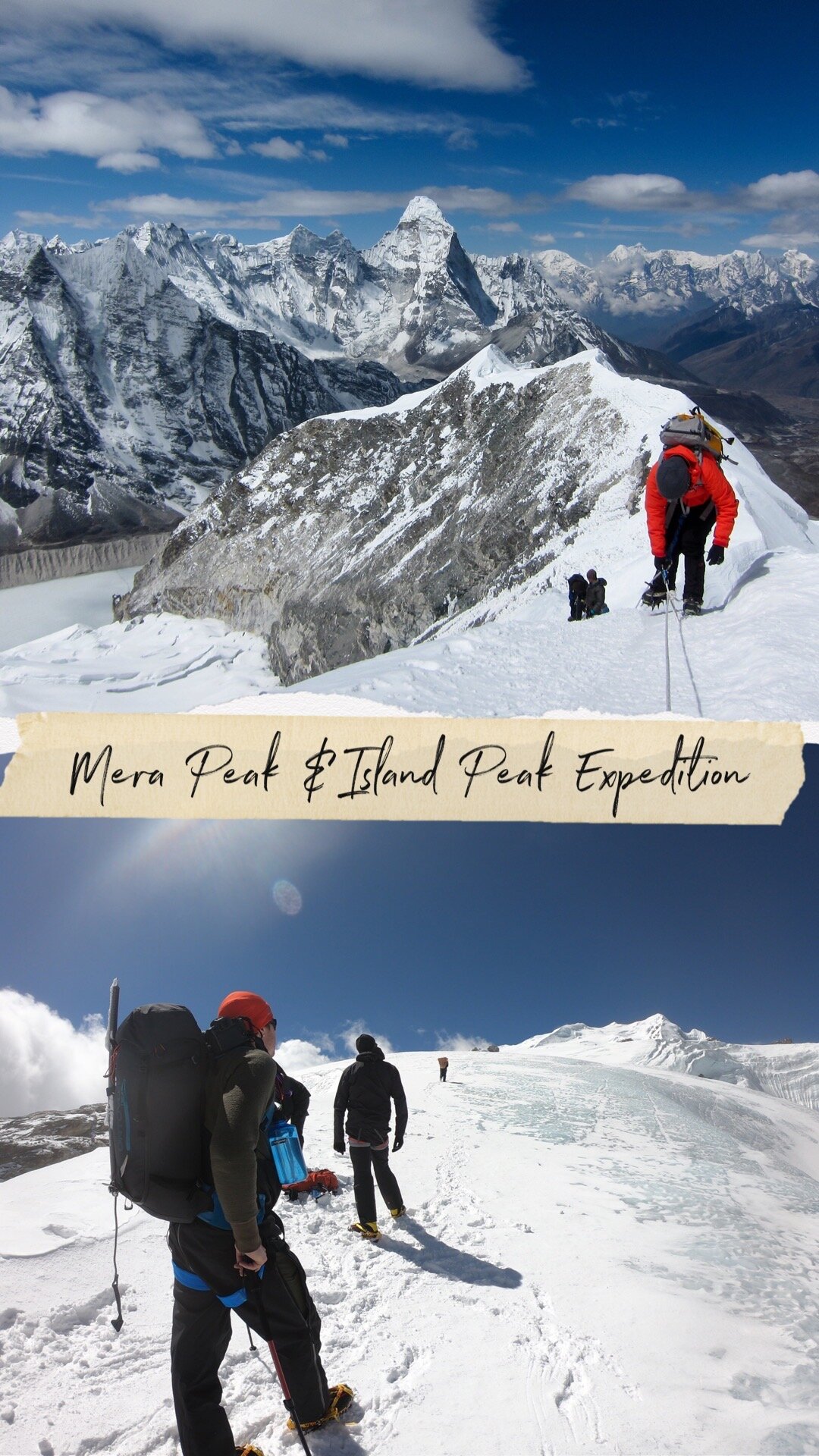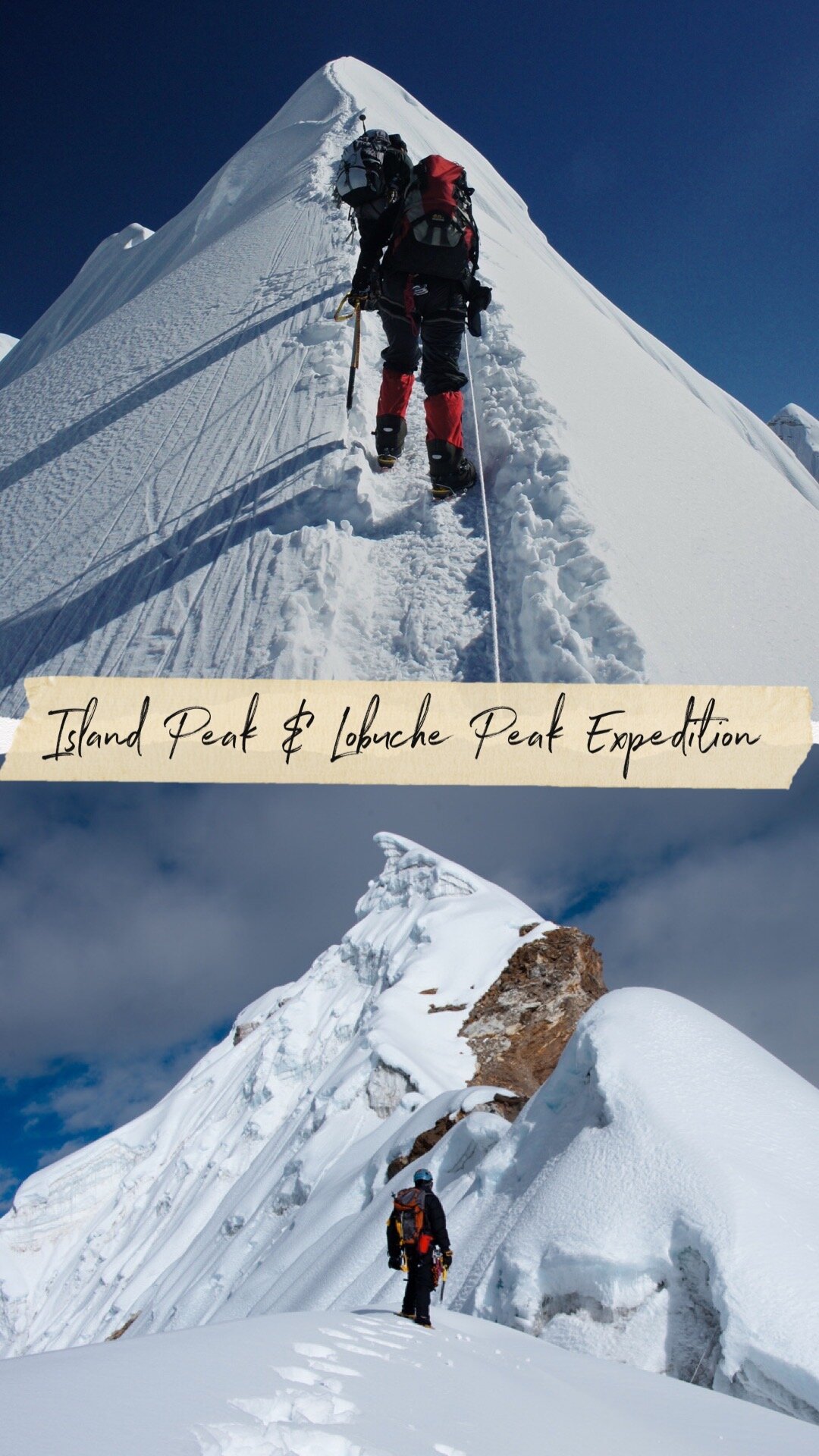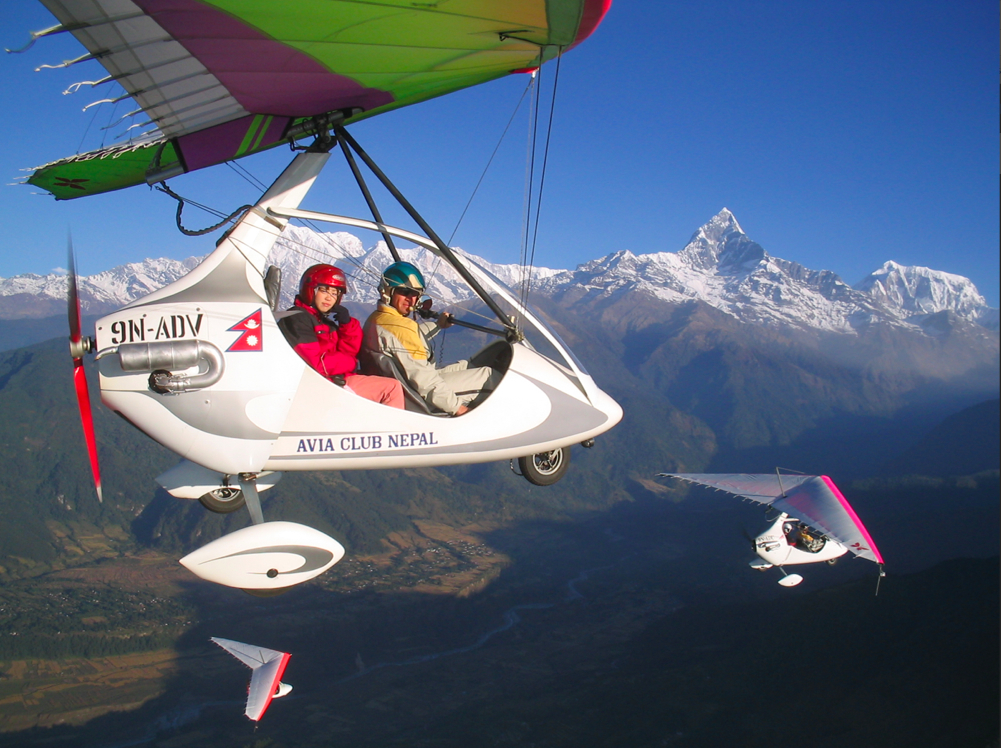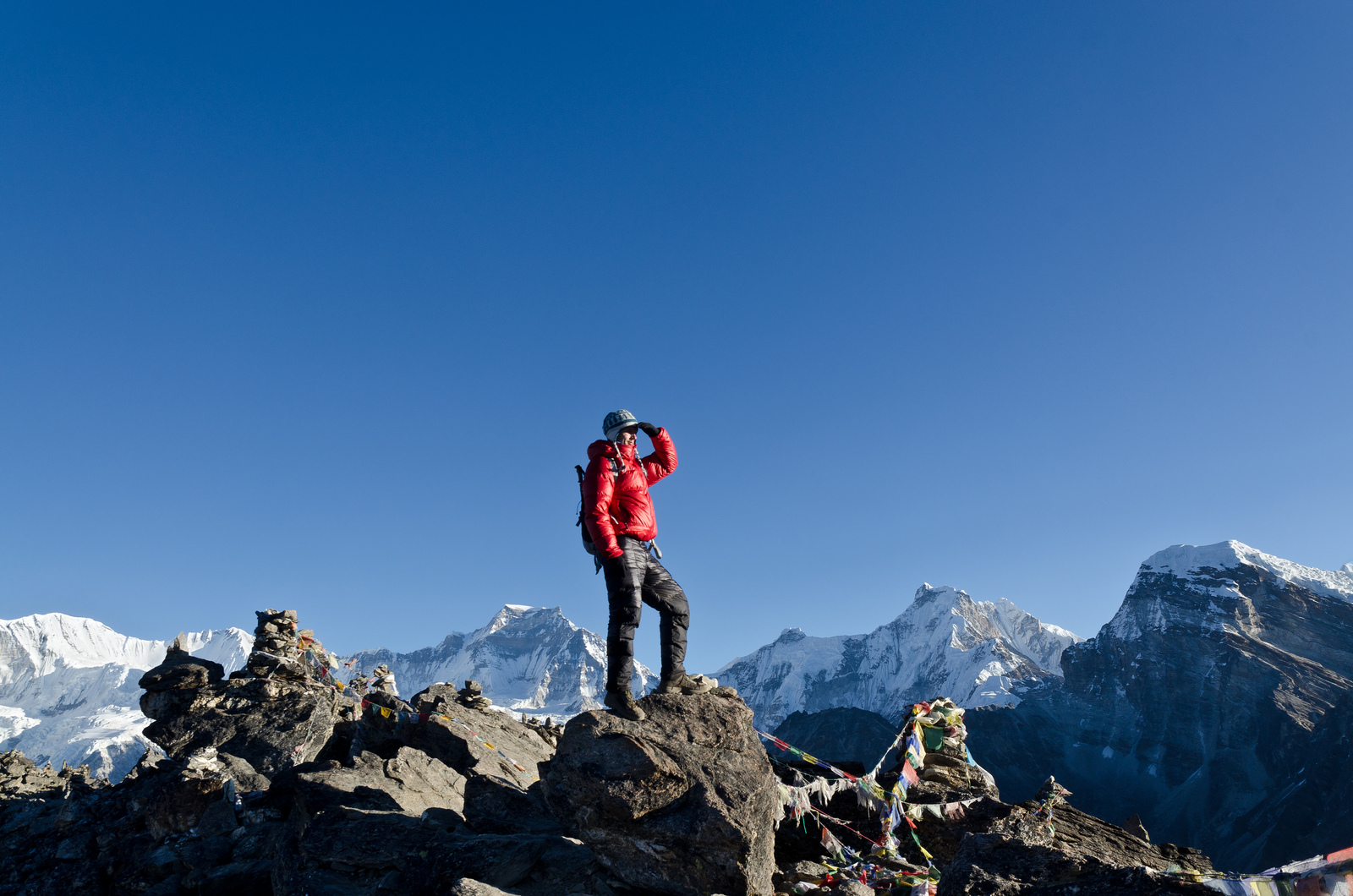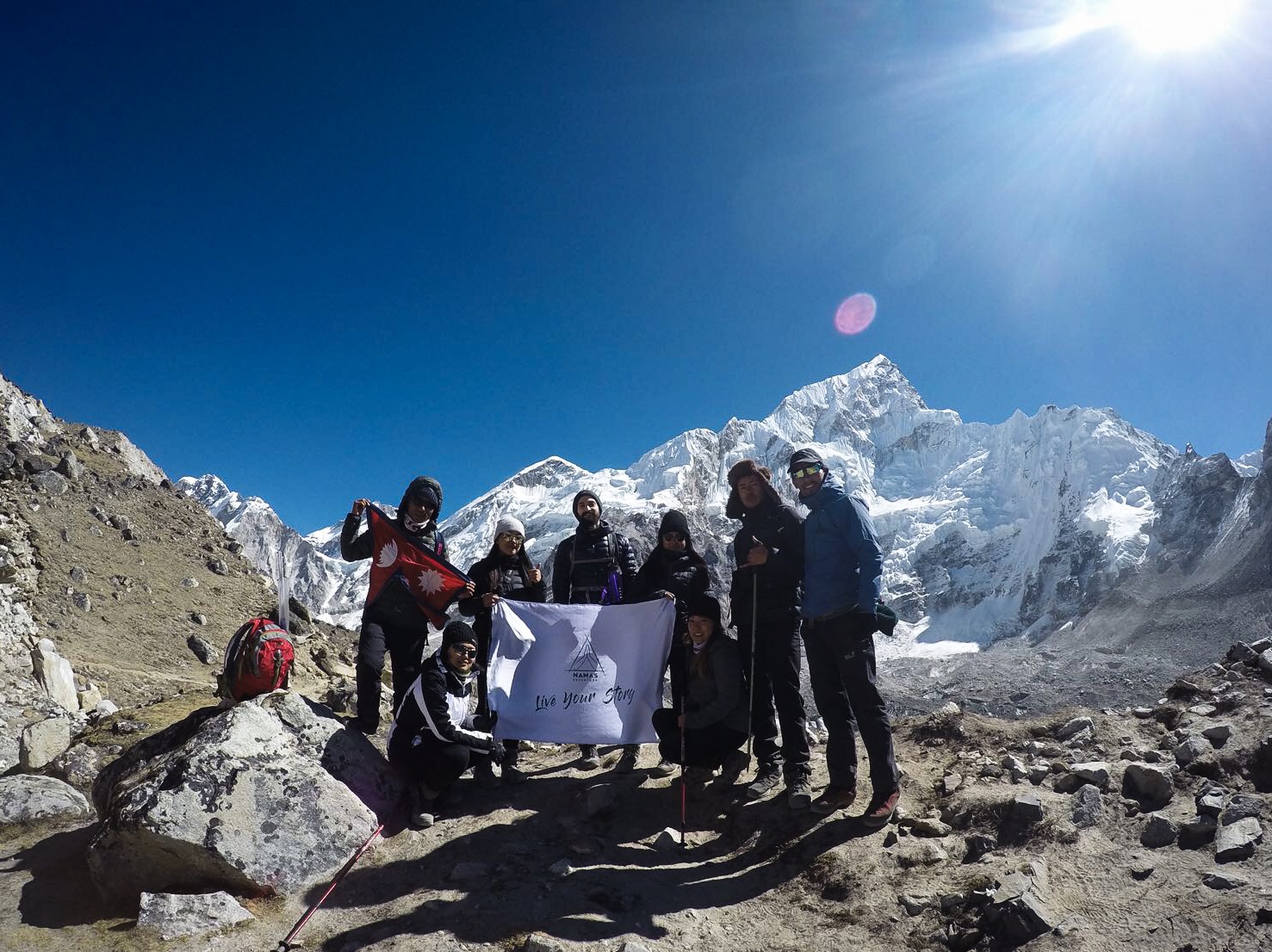According to a recent announcement by the Nepal Tourism Board, starting April 1, 2023, tourists visiting Nepal will be required to hire a licensed guide or porter before trekking through the country's wilderness. The move has been made to ensure the safety of tourists, as solo trekkers often face insecurities and are at risk of getting lost. This new regulation is expected to have a significant impact on Nepal's adventure tourism industry, particularly on popular trekking routes such as Annapurna Base Camp, Ghorepani-Poon Hill, and Langtang Valley, which are frequently visited by solo hikers.
Nepal Tourism Board FAQs - Link (Click here)
However, the Everest region seems to be an exception to this new rule. Technically, trekkers require a Trekkers Information Management System (TIMS) card for trekking or climbing in the Everest region. The local municipality has rejected this requirement and instead charges its own fee, which is then invested directly in the region. It remains uncertain whether the Sagarmatha National Park office will impose restrictions on solo trekkers in the future.
Official statement from Khumbu Municipality
In our opinion, this decision has its advantages and disadvantages. While famous trekking destinations with lower risk should be exempt from this rule, popular and less risky trek destinations, such as Poon Hill, Annapurna Base Camp, Mardi Himal, and Everest Base Camp, where the trails are clearly marked and have the presence of other trekkers, should be safe for solo trekkers. On the other hand, trekking destinations that pose higher risks, particularly in terms of altitude and are remote with few trekkers or local settlements, should require the presence of a guide. Examples of such trekking destinations include Manaslu Circuit Trek, Annapurna Circuit, Dolpo Circuit Trek, Upper Mustang, and Kanchenjunga Trek.
What are your thoughts on the New rules? Please comment below









